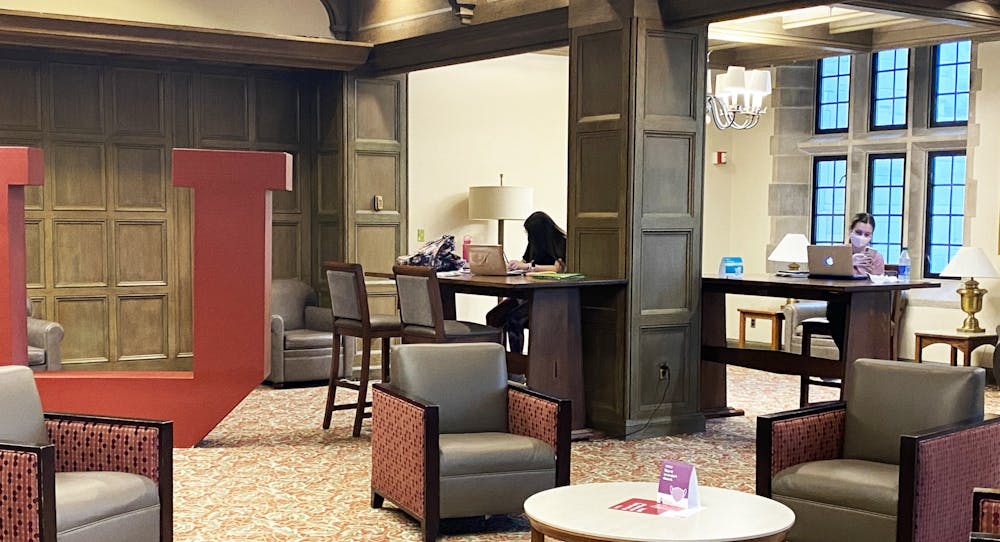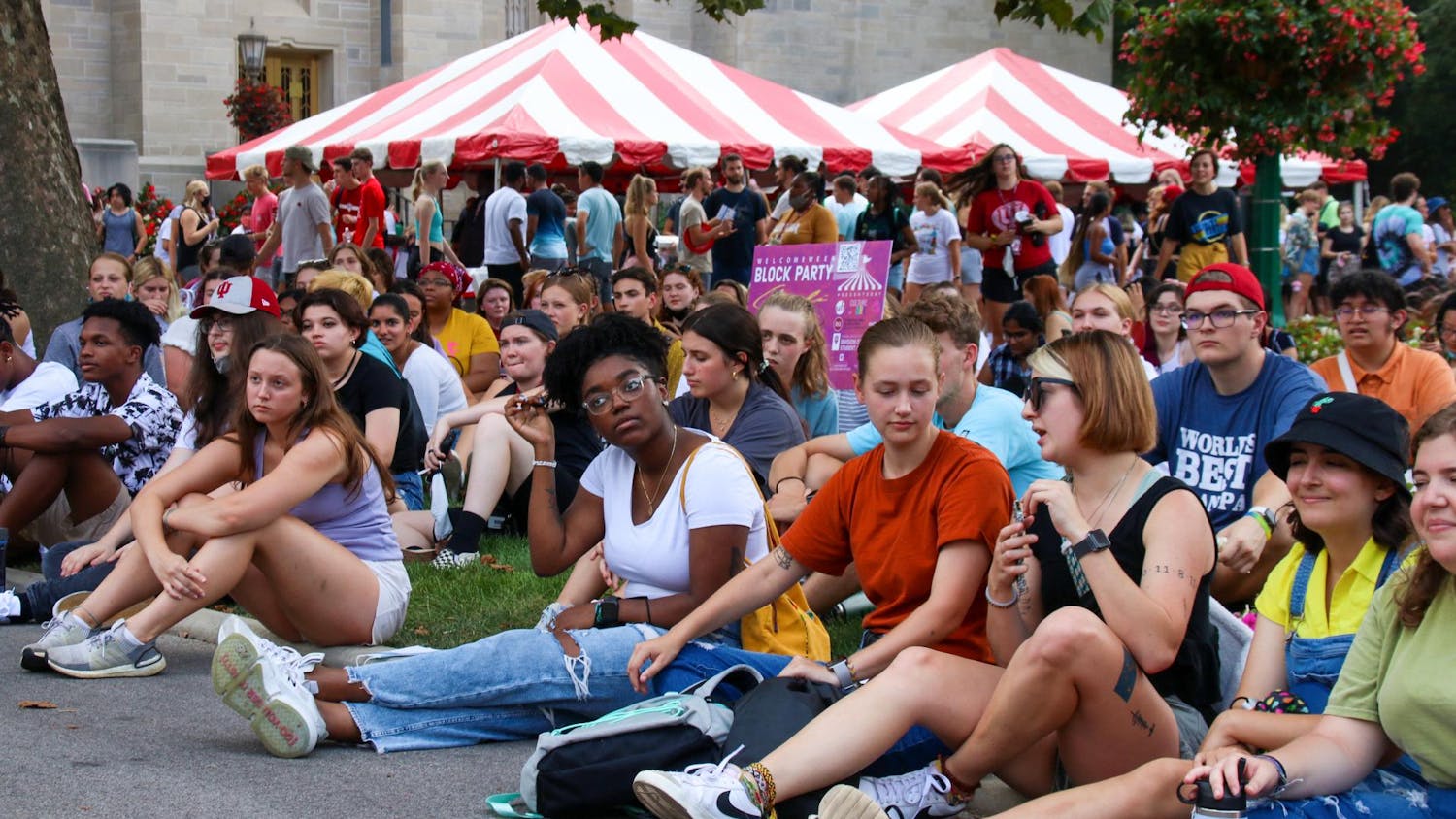Many IU students have been taking the majority of their classes online from their houses. But whether it’s for a change of pace or to meet with a study group, many students can be seen studying around campus. But is it safe to be studying in those indoor spaces?
Studying in indoor public spaces right now has the same risks as going to a restaurant or a bar, said Thomas Duszynski, director of epidemiology education at IU-Purdue University Indianapolis. He said if students study inside they should wear a mask, wash their hands and stay 6 feet away from others.
“If we can do those three things safely indoors, then the risk is minimal,” Duszynski said.
Dr. Lana Dbeibo, an infectious disease physician, said studying indoors can become a risk if people are eating and drinking.
Dbeibo said students should try to get carryout or eat outside.
“The more you’re in areas that are not 100% adhering to the six feet and universal masking of everyone, the more likely you are to be at risk,” Dbeibo said.
Hank Walter, executive director of the Indiana Memorial Union, said there are spaces in the IMU to study while social distancing. The IMU has added more outdoor space as an option for students to study or eat. Students don’t have to make an appointment to study at the IMU, unlike Herman B Wells Library.
Walter said students at the IMU are encouraged to eat or drink outside. When eating or drinking indoors, students should not take their masks off completely.
“You can take a sip of coffee, but when you’re not actively sipping or taking a bite of something we ask that your mask go back on,” Walter said.
Students should also avoid studying in places that don’t have good airflow.
“If the area is not properly ventilated, regardless, then you will have a higher risk of acquiring COVID in an indoor space,” Dbeibo said.
All of the lounges in the IMU have sanitization stations so students can clean their space. Hand sanitizer is also available at entrances and exits.
Some precautions students can take anywhere they’re studying inside include wiping down desktops, sanitizing work areas and washing their hands before and after they touch anything, Dbeibo said.
Dbeibo said the risk of studying indoors isn't nonexistent, but if all the Centers for Disease Control and Prevention guidelines are followed, the chances students will catch the virus are low.




